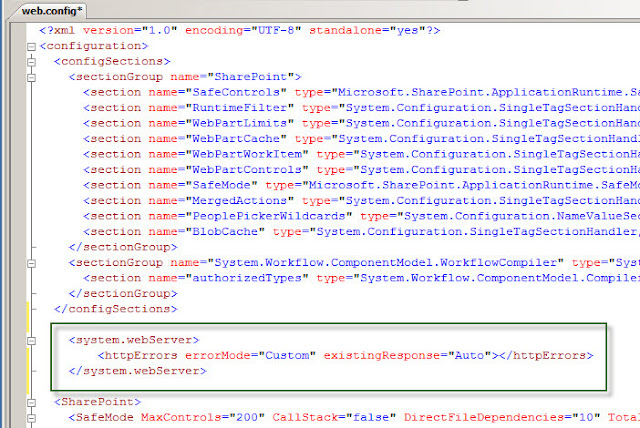I ran into a situation where I needed to compare an Excel table to an existing SQL table, then update the SQL table with only the missing information. My goal was to create a temporary table, then compare and update. The problem for me arises when more than 1 user wants to update their information at once; I am worried that using a static name for a temp table might create issues. Here is how to create and delete a table with a variable in the name.
declare @makeTable nvarchar(max)
declare @delTable nvarchar(max)
declare @tablename varchar(200)
declare @variable varchar(20)
set @variable= 'userName'
set @tablename = 'Temp_ProjectRisksExcel_' + @variable
-- Create Tabele
set @makeTable = 'create table ' + @tablename +
'(
[ExecutionPlanCode] [varchar](20) NULL,
[RiskIdentifierCode] [varchar](40) NULL,
[RiskTitle] [varchar](250) NULL,
[RiskDescription] [varchar](1500) NULL,
[Occurrence] [varchar](50) NULL,
[Impact] [varchar](50) NULL,
[RiskConsequence] [varchar](1500) NULL,
[Strategy] [varchar](50) NULL,
[RiskMitigation] [varchar](1500) NULL,
[Comments] [varchar](1500) NULL,
[RiskRetired] [varchar](50) NULL,
[RiskRetiredComments] [varchar](1500) NULL,
[RiskRetiredDate] [date] NULL
)'
exec(@makeTable)
-- Delete Table
set @delTable = 'DROP TABLE ' + @tablename
exec(@delTable)












